Lo Lo Ethnic Minority Group in Ha Giang: Insights into Their Way of Life
The Lo Lo ethnic minority group in Ha Giang is one of the most iintriguing ethnic minorities you will come across in this breathtaking mountainous. In this MOTOGO Tours‘article, we’ll explore the rich history, cultural customs, and modern existence of the Lo Lo.
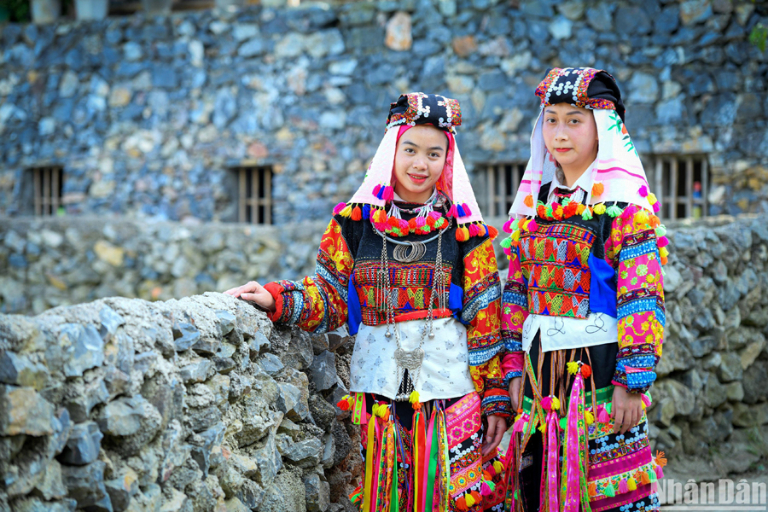
Where the Lo Lo Ethnic Minority Group in Ha Giang?
The Lo Lo are one of Vietnam’s 16 ethnic minority groups with a population of fewer than 10,000, primarily residing in Ha Giang province. The community is divided into two branches: the Black Lo Lo and the Flower Lo Lo. The Black Lo Lo live mainly in Lung Cu commune, while the more numerous Flower Lo Lo are found in Lung Tao, Sung La communes in Dong Van district, and across several villages in Meo Vac district.
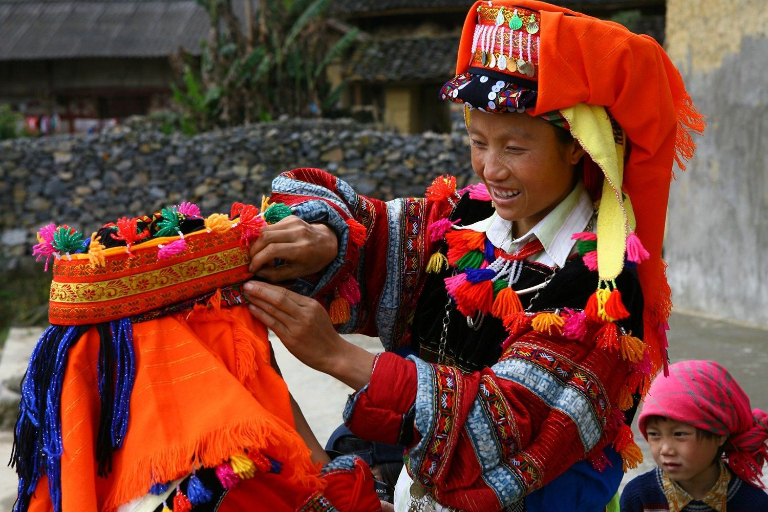
Though these branches share the same language and customs, their traditional attire sets them apart. The Lo Lo people are renowned for their great feeling of community even though they live under difficult circumstances. Particularly during celebrations, their communities abound with the sounds of laughing, traditional melodies, and elegant dances.
The Living Environment of the Lo Lo Ethnic Minority Group
A Ha Giang travel will show that the Lo Lo people like to live in small groups, with their homes tucked against the hillsides and facing verdant valleys or fields. Usually, their homes are either earthen-walled buildings or stilt houses. While poorer homes rely on earthen-walled dwellings, built from packed mud, wealthier families build robust stilt houses from big timber logs.
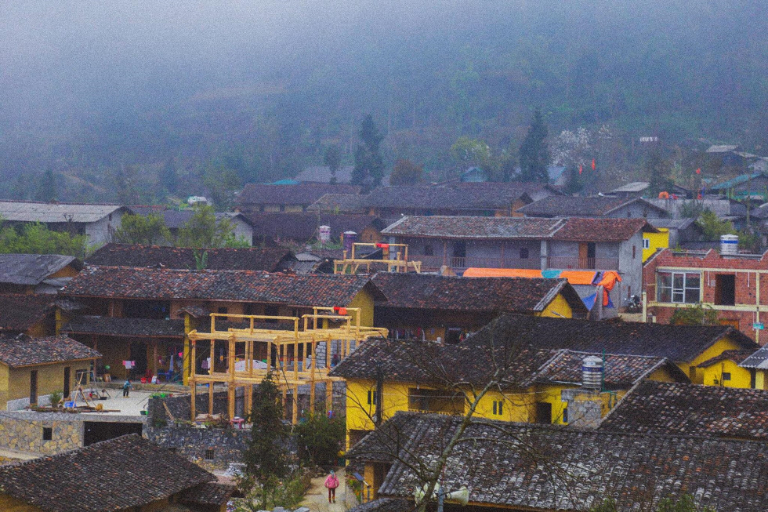
Many Lo Lo communities still feature earthen-walled homes as the most often occurring kind. Usually including a small courtyard, these homes are encircled by mud barriers. Usually, Lo Lo residences are split in three areas. Ancestral worship and guest reception occupy the central section; the right side for the grandparents and parents; the left side provides the sleeping quarters for children and newlyweds. Certain families additionally install a loft to keep rice and corn.
Traditional Culture of the Lo Lo Ethnic Minority Group in Ha Giang
A vibrant tapestry spun from a close relationship to environment, spirituality, and social living is Lo Lo culture. Their practices produce a distinctive cultural mix by combining indigenous beliefs, animism, and elements from several ethnic groups.
Community Spirit and Culture
Daily living and cultural customs of the Lo Lo people clearly show their great communal spirit. Living in close-knit communities, they give community values first priority and plan events often to unite members. Major events like weddings and funerals call for the whole community, with everyone offering to assist with meal preparation and celebration.
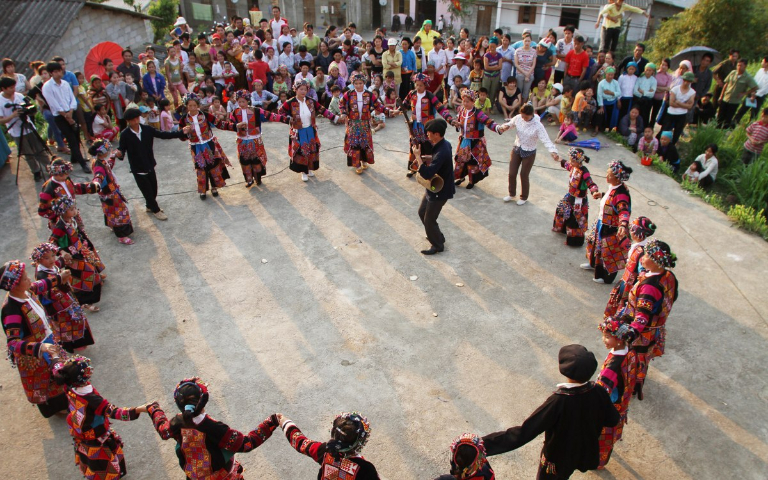
Not only inside their community but also with other ethnic groups in Ha Giang, including the Pa Then, Pu Peo, and Hmong, the Lo Lo have long adopted a spirit of harmony. The Lo Lo have made great progress in raising their quality of living with government help; inter-ethnic marriages and cross-cultural interactions are become more frequent, hence strengthening the close-knit and multicultural society.
The Colorful Traditional Costumes
The traditional attire of the ethnic minorities from Ha Giang will captivate visitors especially the Lo Lo. Their clothing consists in vivid patterns created from handwoven materials, each with unique designs reflecting their cultural uniqueness.

Triangular patterns for the Lo Lo women represent an old kingdom handed down from their ancestors. These cleverly placed patterns in a kaleidoscope of colors set the Flower Lo Lo and Black Lo Lo unique. Men usually dress in basic indigo combinations with matching caps, whereas women’s attire differs.
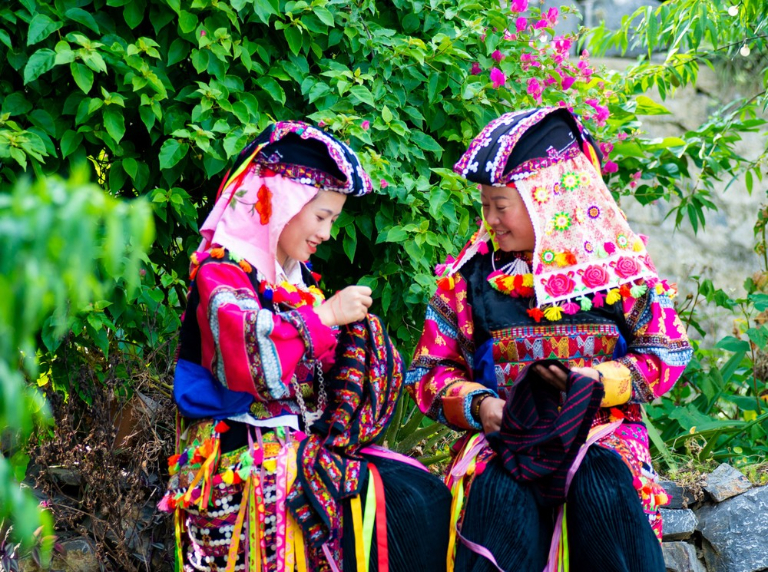
Around the body, Lo Lo women in Dong Van don square-necked tunics featuring bird, buckwheat flower, rice, and maize designs combined with vibrant skirts and rectangular fabric panels at the rear. By contrast, Flower Lo Lo women dress over a sleeveless jacket in round-neck blouses without buttons. Black Lo Lo women wear pants with complex patterns instead of skirts; their sleeves are ornamented with vibrantly colored fabric rings.
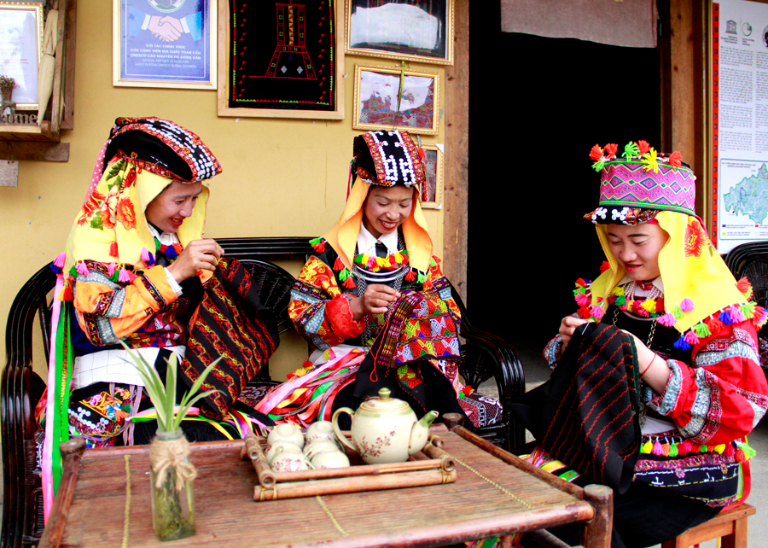
Rooted in ancient history, these traditional clothes reflect the Lo Lo people’s cultural beliefs and convey their hopes for wealth and happiness. traditional days, though, traditional clothes are mostly used for celebrations and events; daily wear reflects that of the Kinh people for pragmatic reasons.
Unique Dance Performances of the Lo Lo People
One can see their mesmerizing traditional dance performances by visiting Lo Lo ethnic minority group in Ha Giang. The Lo Lo frequently accompany classic instruments like the monochord and bronze drum. Particularly the bronze drum is revered, and the owner customarily offers incense three times a month. They have to ask the spirits permission before every performance.
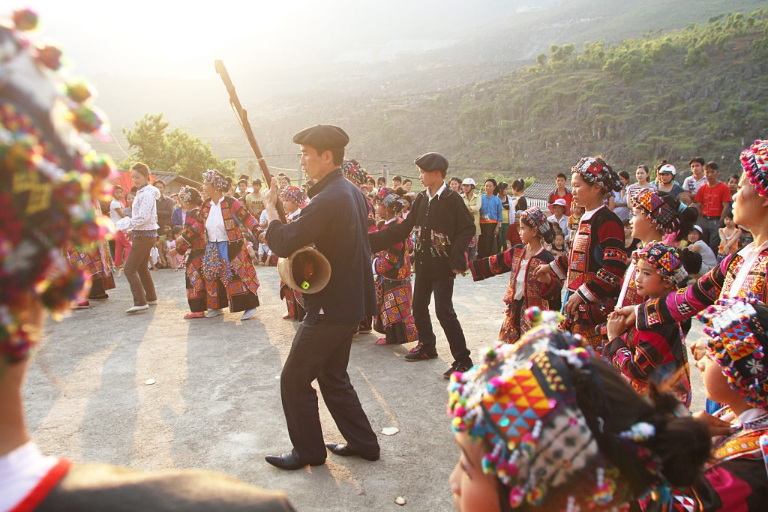
Usually following ceremonial events, traditional dances feature both men and women and may reflect The Lo Lo also offers couples a classic courtship dance. Nowadays, most towns feature cultural performance groups, thus even if you miss a festival, you may still enjoy their energetic presentations. Sporting traditional attire, the dancers clasp hands, singing and dancing to the melodies of their background.
Festivals Celebrated by the Lo Lo Ethnic Minority Group in Ha Giang
Growing crops like sticky rice, plain rice, and corn, the Lo Lo ethnic minority community in Ha Giang mostly depends on terraced fields and wet rice farming. Living in the high highlands, people deeply respect water since it is necessary for their agricultural life. They have a Rain Prayer Festival every year in search of good weather that would bring plenty of rain, growing crops, and community prosperity.

The celebration is set in the midst of the village on a large courtyard. The ceremony consists in corn wine, a local specialty from the rocky highlands of northern Ha Giang, a dog, a chicken, a sword (made of either iron or wood), a bucket of water, four cups of wine, and four bamboo incense tubes signifying the four cardinal directions.

The bronze drum, a holy heritage handed down through generations, is a fundamental component of every Lo Lo ceremony and absent from none. The shaman starts the ceremony while the offerings are laid on a woven dish. He yells prayers while raising and lowering a sword in his right hand rhythmically. He strikes the bronze drum in his left hand to call upon the gods Kết Dơ, the celestial rulers of the ground and sky.
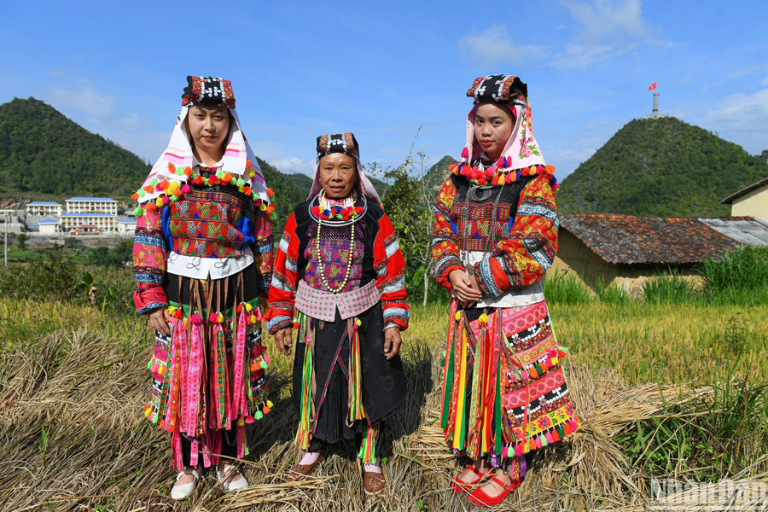
The celebration starts the ceremony. Singing, dancing, and drinking corn wine, the villagers assemble around the ritual space. The elders have lively talks about family, farming, rice growing, and marriage selection. The young people seize the chance to discover love, passing coursed songs to the sounds of the Cờ lé and Đôi flutes. Like vivid forest blossoms, the lovely girls boldly show their new traditional clothing with complex needlework.
Daily Life of the Lo Lo Ethnic Minority Group in Ha Giang
The Lo Lo people live very closely entwined with their surroundings and traditions. Mostly living in mountainous areas, their daily activities are an interesting mix of custom and the natural rhythm of their surroundings.
Work in the Fields: A Community Effort
The work done in the fields illustrates the Lo Lo people’s communal attitude. Frequent agricultural chores among neighbors foster friendship by means of cooperation. Men may do more heavy chores like plowing and delivering commodities; the ladies can be observed planting seeds, weeding, or gathering crops. This group effort enhances the resilience of the society and deepens the ties among people.
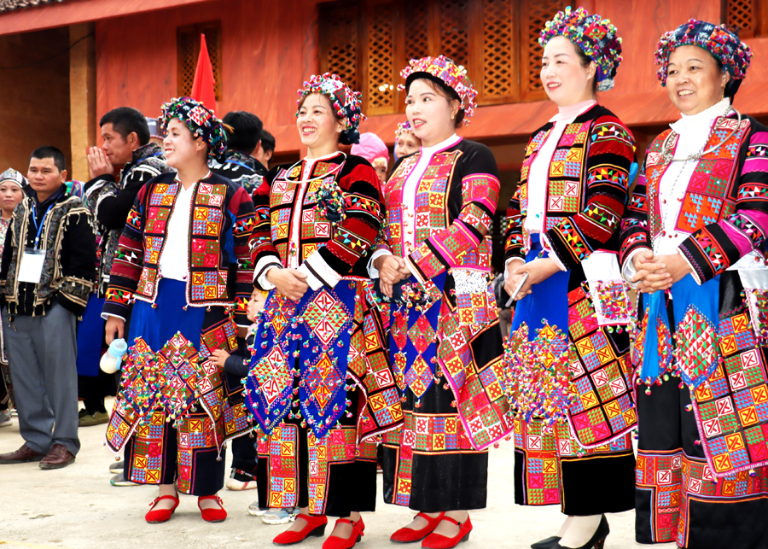
Crafting Traditions: Weaving and Handicrafts
Apart from farming, the Lo Lo people are talented artists, most noted for their complex weaving. Their culture revolves on traditional textiles, hence ladies spend much time creating exquisite clothing with vivid colors and intricate patterns. This is not only a hobby; this art is very important to them since particular designs usually reflect different facets of their history and culture.

The Lo Lo ethnic minority group in Ha Giang is a living testament to the rich diversity and cultural heritage of Vietnam. Spending time exploring the Lo Lo villages when visiting Ha Giang helps visitors to better appreciate the cultural diversity of the area and provide a rare chance to encounter the appeal of an old way of life.
FAQs About the Lo Lo Ethnic Minority Group in Ha Giang
What distinguishes the Lo Lo ethnic minority from other groups in Vietnam?
The Lo Lo are well-known for their unique celebrations, vibrant traditional attire, and traditional music and dance among other cultural customs. They differ from other ethnic groups in the area also in that they live in distinctive stilt homes and speak a different language.
Where can I experience Lo Lo culture in Ha Giang?
Near the Lung Cu Flag Tower, the Lo Lo Chai Village offers the best location to encounter Lo Lo culture. This village is well-known for its vivid celebrations, cultural events, and classic stilt homes.
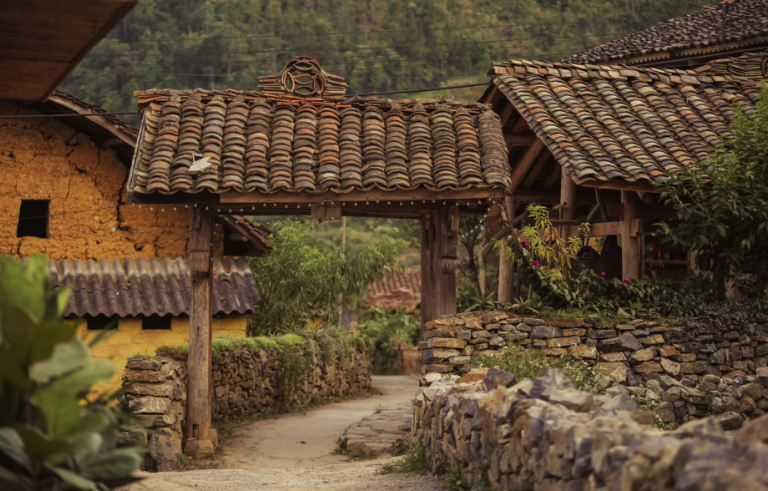
How do the Lo Lo people preserve their cultural traditions?
Through customs, celebrations, and traditional arts, the Lo Lo people uphold their ways. Maintaining their cultural legacy also depends much on efforts at language preservation and cultural tourism projects.
What are some traditional dishes of the Lo Lo ethnic group?
Lo Lo cuisine consists on smoked pork, corn wine, and sticky rice wrapped in banana leaves. Often made for celebrations and other significant events, these meals highlight the local cooking customs.
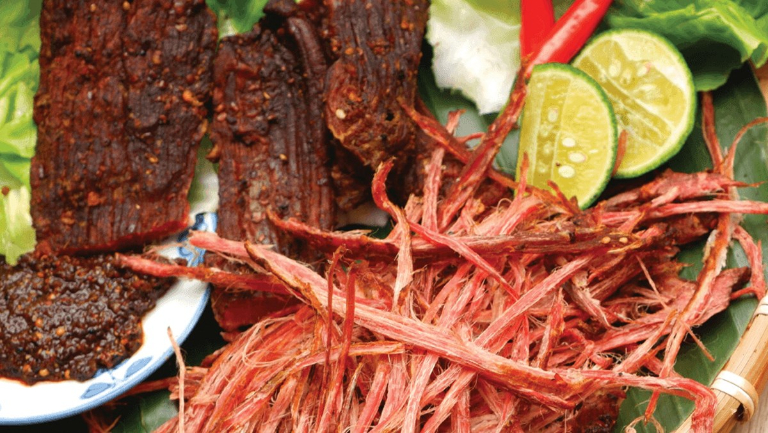
Why is it important to preserve the culture of the Lo Lo ethnic group?
Maintaining the variety and cultural richness of Vietnam depends on the Lo Lo’s culture being preserved. Protecting their distinctive customs, language, and way of life guarantees that next generations may keep learning about and appreciating this old civilization.
Related Posts:






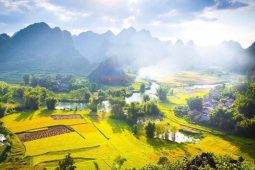



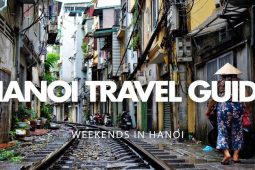
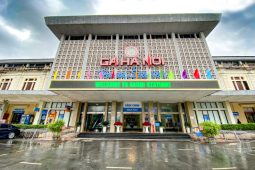

Be the first to comment!